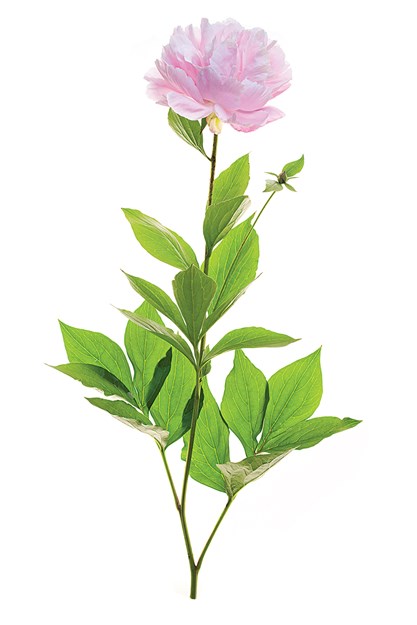
Before Kathleen Gagan started Peony’s Envy, the New Jersey nursery that grew the exquisite herbaceous specimens pictured here, she spent a decade living in China, the epicenter of peony cultivation for the last 1,000 years. There, Gagan saw more variations of the resilient and long-lived perennial than she could have imagined when she first came to love the fragrant blooms of her grandmother’s Milwaukee garden. As inspiring as that Asian panorama may have been, what really got Gagan into the business, she concedes, was a series of catastrophes.
“I wanted to grow peaches and cherries,” she says, “but that failed because we have deer. Then I tried irises, but we have iris borer.” Her experiments took place on a seven-acre agriculturally zoned property she and her husband bought upon their return to the United States in the mid-1990s. Gagan was determined to grow something on it so she could earn a living while staying (more or less) at home to raise her young son and daughter.
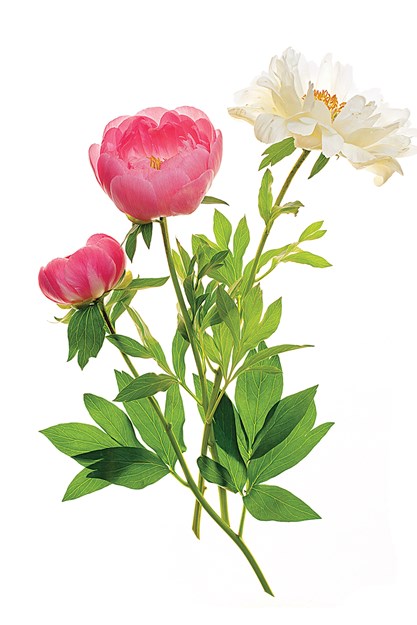
Peonies were the answer. “They require almost nothing but full sun and patience,” she says, then quickly adds well-draining soil to that list. “If you’re willing to wait for them to establish their root system, they grow beautifully. They’re gorgeous and have wide appeal and have huge blooms.”
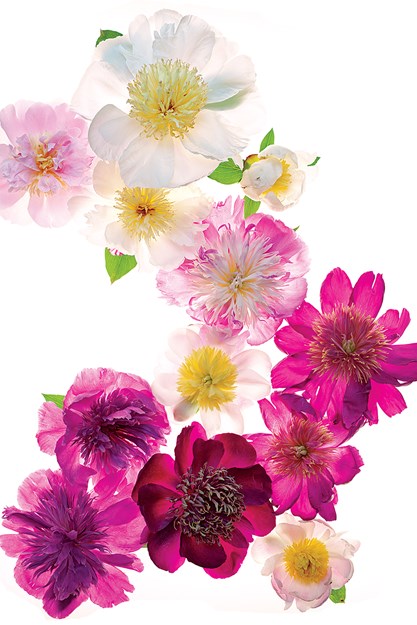
Peony enthusiasts have been known to spend upward of $1,000 for bare-root divisions of the rarest or newest cultivars. While Gagan doesn’t stock such fancy-pants varieties, she does preside over an inventory of more than 250 cultivars and keeps abreast of the latest trends, which these days include green, striped, or bicolor blooms and all manner of anemones (the flower form that has narrow, petallike stamens forming a showy cluster at its center).
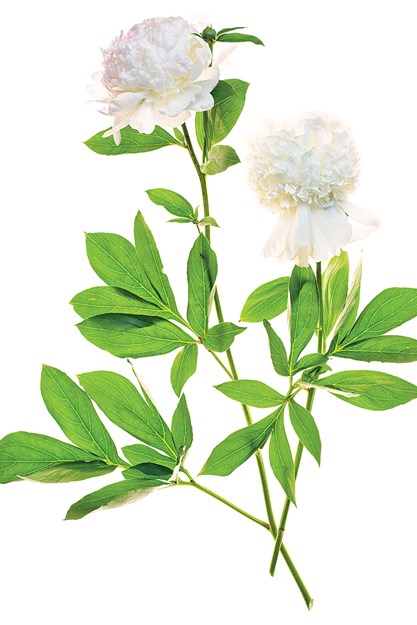
“I test 100 new varieties every single year,” Gagan says, “and then I’ll keep maybe 30. But then my tastes change.” What she never tires of are the poetic names of the Chinese hybrids, which reach back to the times of emperors and dynasties. One of her favorites ‘Fat Concubine’, which also happens to have a long vase life and lemony scent, making it especially suited to the classic peony use that belies the flower’s name: the bridal bouquet.
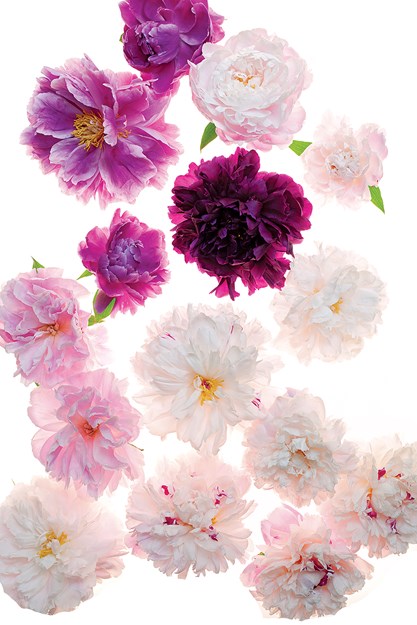
Planting and Care: Because peonies hate wet feet (roots standing in water), Kasha Furman at Cricket Hill Garden in Thomaston, Connecticut, says, “A slope or raised bed is preferable to a very flat site.” Soil amendments can make a huge difference, since peonies are heavy feeders and strongly prefer a sweet or alkaline soil, which may require adding lime or wood ash. “The plant does not uptake the nutrients as well if it’s in an acid environment,” Furman explains.